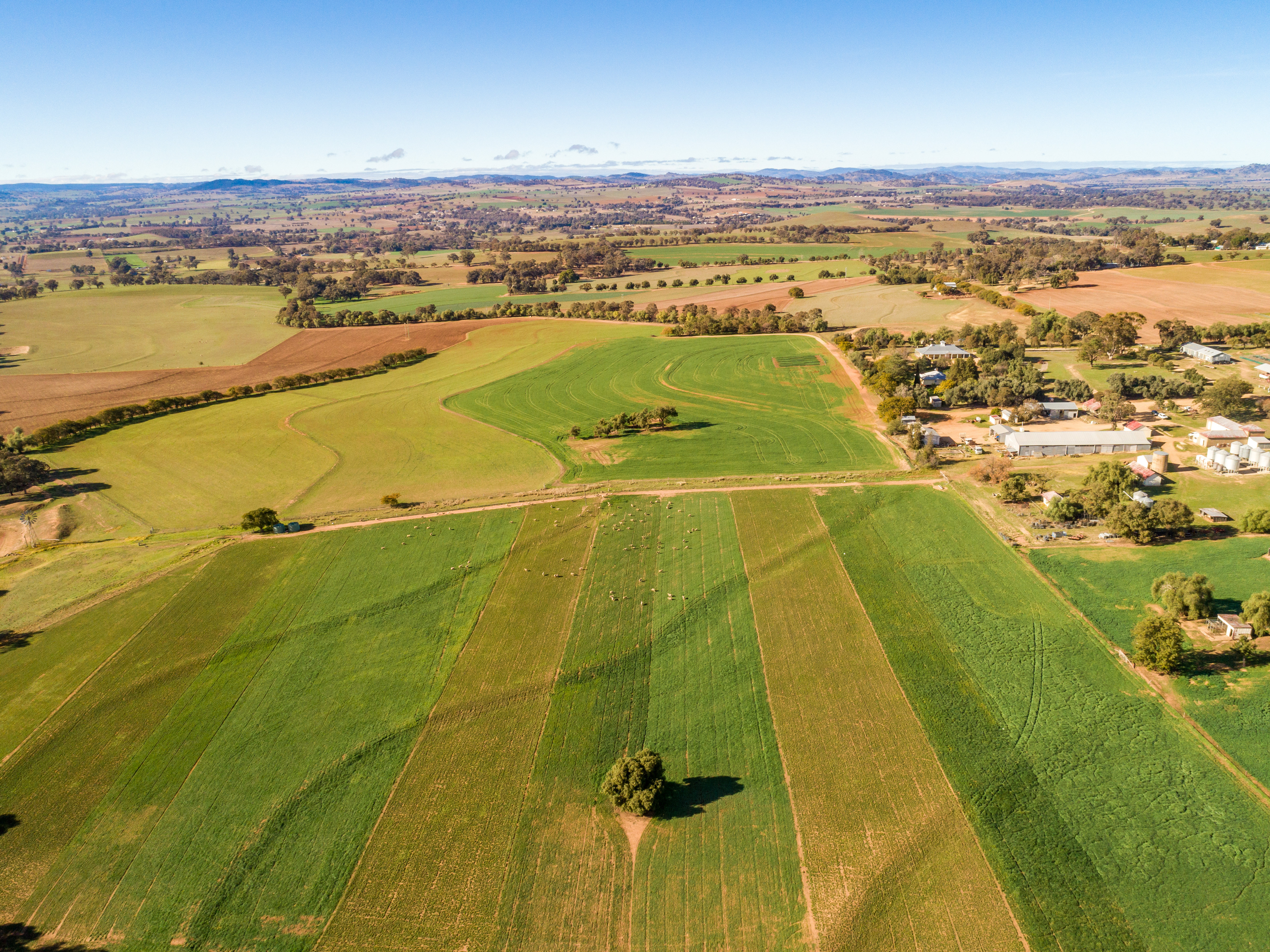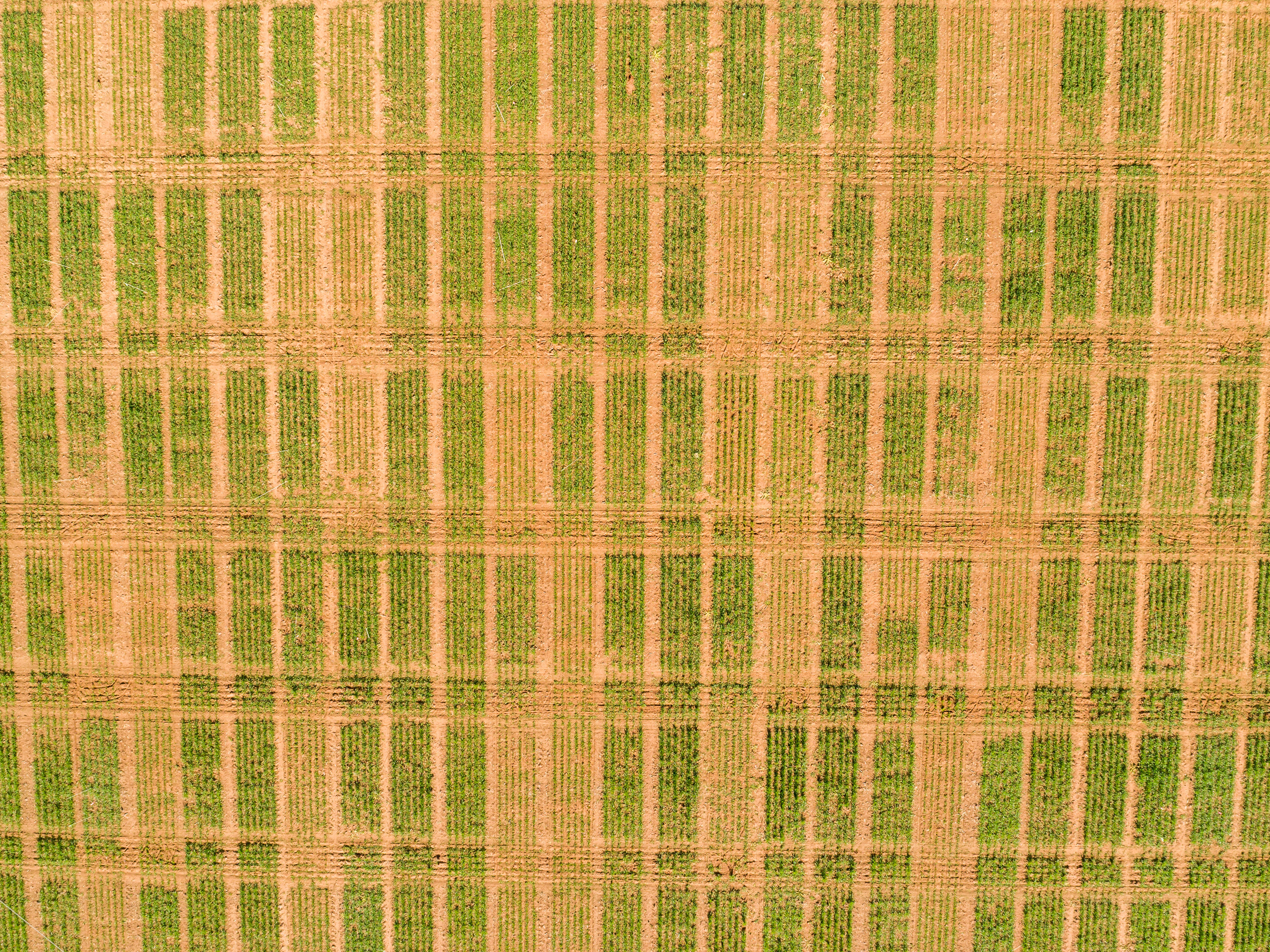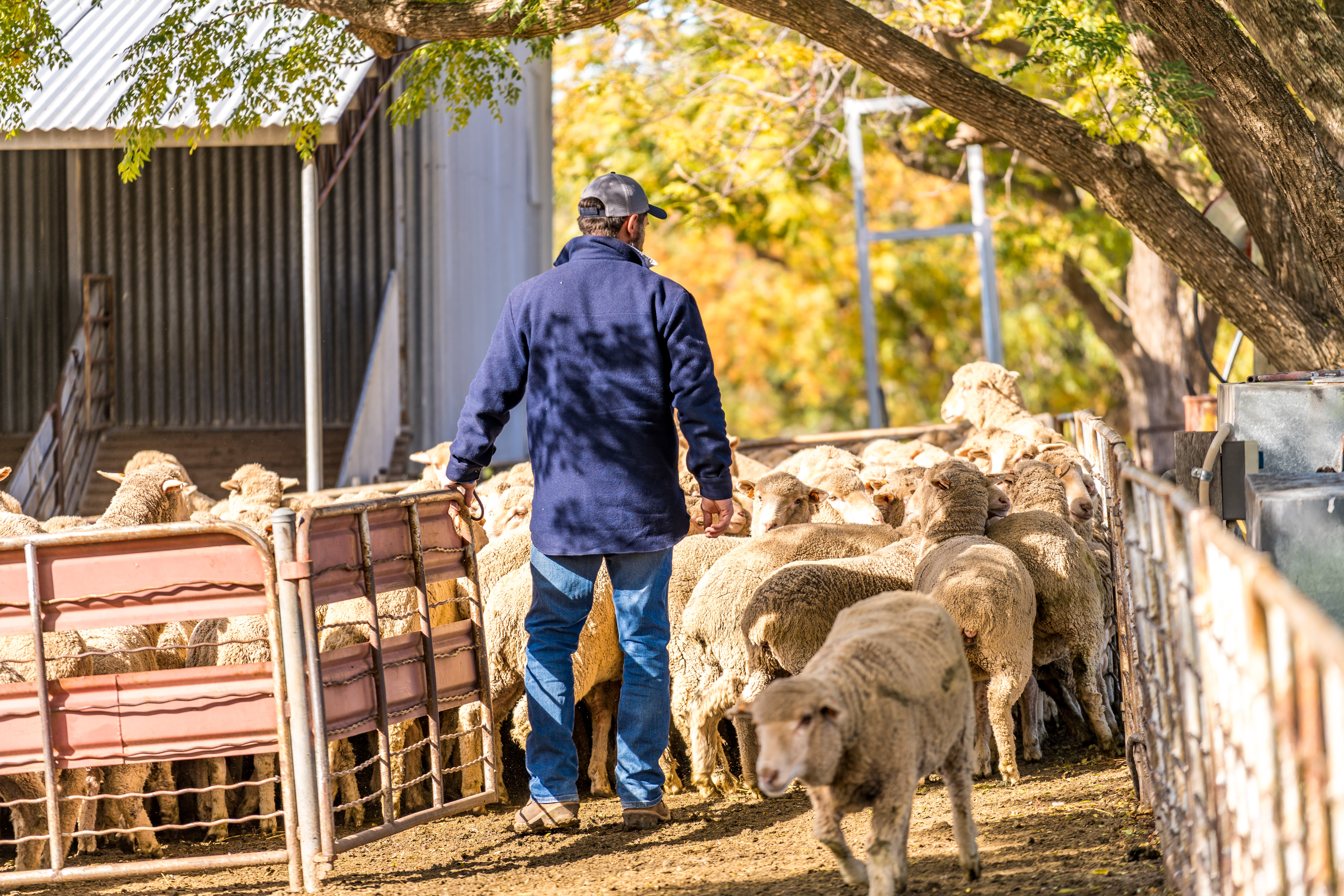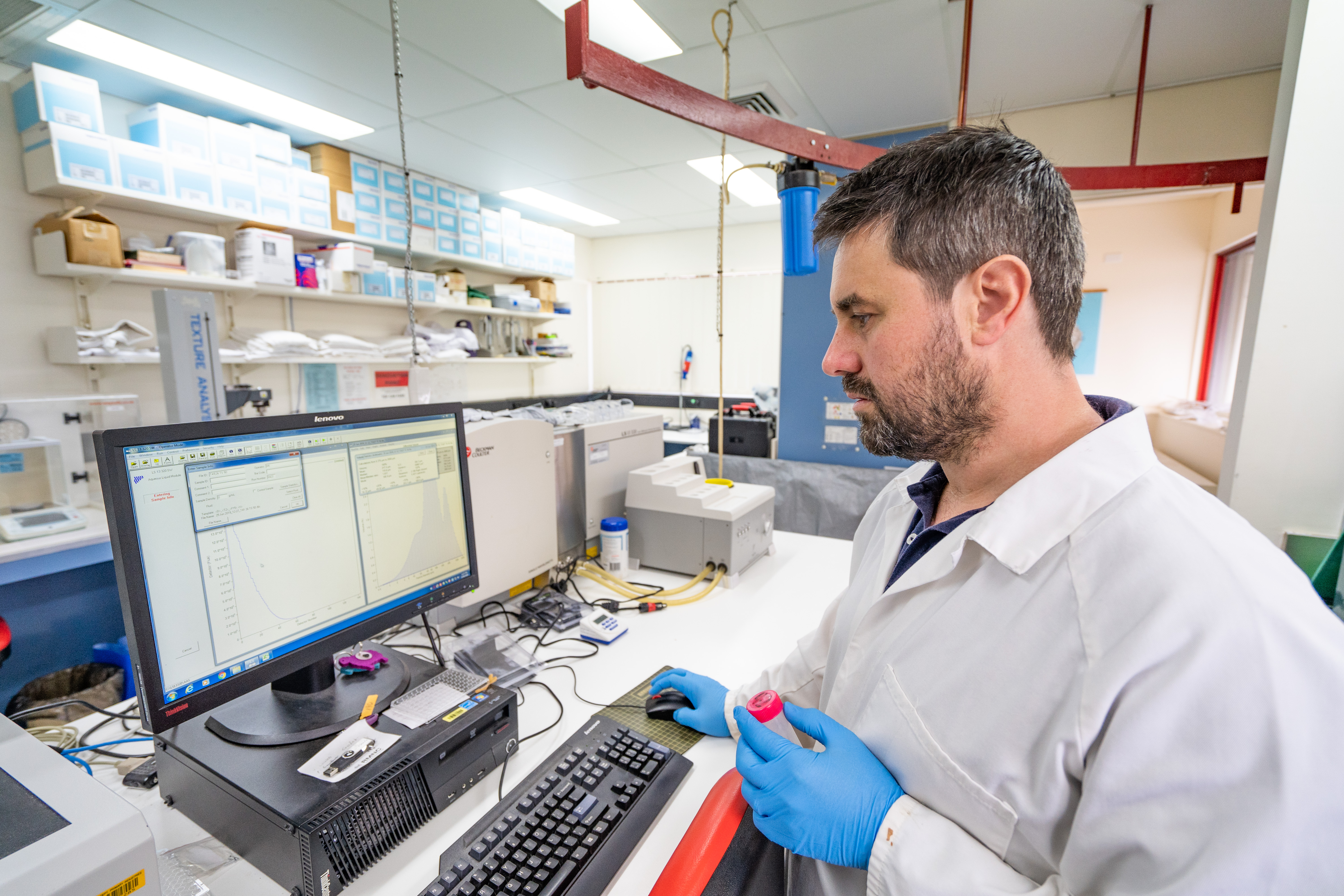
Our research
Pastures Team
The pastures unit, in collaboration with other NSW DPI stations and key interstate organisations, have four key projects underway:
Phosphorus-efficient pastures project
Combining high nitrogen and water usage efficiency strategies with reduced fertiliser-costs for production across southern Australia the Phosphorus-Efficient Pastures project aims to reduce phosphorous use by 30%.
Extending the boundaries of legume adaptation through better soil management
This project is addressing the pasture yield gap through increased nitrogen inputs through improved perennial legume performance.
Tropical grass project
Climate change projections together with farm system modelling for southern Australia, suggest future conditions will reduce the length of the growing season of temperate pasture species.
This will result in an extended summer-autumn feed gap. Tropical species are a potential option to fill this gap. The aim of this research component is to identify the key enablers and constraints of the ‘successful’ management of tropical grass based pastures. The knowledge gathered from producer’s experience will contribute to an extension package to support producers with an interest in trialling tropical grasses in the more southern areas of Australia.
Perennial wheat project
Developing perennial grain crops provides an opportunity to deliver food security while limiting the negative environmental impacts of grain production with annual crops. NSW Department of Primary Industries is continuing to develop perennial grain crops with further research into forage quality and animal production from the use of this new dual purpose cropping option for producers. Research is currently investigating the animal health and nutritional aspects of this emerging feed base as well as grain qualities for human consumption. This is a joint project between the pastures unit and extensive livestock team. Perennial-based farming systems offer many benefits to soil health and function, and will be essential in curbing the degradation associated with annual-based production systems. This project will determine the livestock productivity benefits of grazing perennial cereal crops grown in mixtures with a legume; a practice which offers substantial benefits to livestock health, meat quality and reduced input costs compared to conventional grazing crops. NSW DPI has been an active leader in progressing perennial crop research towards commercialisation. Perennial crops cannot be substituted into existing crop rotations and therefore unique management strategies are required, such as growing the crop in mixtures with a legume rather than in pure stands. The benefits of perennial crops to livestock production include a novel high-quality forage source during autumn/winter, plus a novel source of high-protein feed grain post-harvest. In addition, perennial crops that require fewer inputs and less frequent sowing offer increased flexibility to switch from forage to grain production as season permits. This project aims to establish a proof of concept that legumes can be grown successfully in mixtures with a crop for increased livestock production but with minimal trade-off’s to grain production. Further, this project will quantify the impacts of a more diverse cereal-based diet on meat quality with findings that will be immediately applicable to conventional forage sources. This project is conducted by the pastures, livestock and meat science teams.
Agronomy - Cropping Team
 The cropping team is part of the Broadacre Crop Evaluations Unit and is involved in a number of projects. These include the National Variety Trial Program and the National Pathology Program, as well as various cereal breeding programs, phenology and grazing trials. The team have trials of canola, field peas, wheat, barley and oats in plots located from Cargo to Lake Cargelligo and down to Griffith. There are between 4000 and 5000 of these plots, each measuring 2m x 10m in size.
The cropping team is part of the Broadacre Crop Evaluations Unit and is involved in a number of projects. These include the National Variety Trial Program and the National Pathology Program, as well as various cereal breeding programs, phenology and grazing trials. The team have trials of canola, field peas, wheat, barley and oats in plots located from Cargo to Lake Cargelligo and down to Griffith. There are between 4000 and 5000 of these plots, each measuring 2m x 10m in size.
Extensive Livestock Team
The extensive livestock team consists of senior research scientists, research officers, development officers, technical officers and students. Staff have a role in research, development and extension.
Research and development staff are involved in key industry events including producer workshops, field days, webinars, Dubbo Hoof and hook competition and youth development workshops.
 There are two major issues facing sheep production in Australia, in particular NSW. These are lamb survival and climate change. Recent and current research activities reflect both of these issues.
There are two major issues facing sheep production in Australia, in particular NSW. These are lamb survival and climate change. Recent and current research activities reflect both of these issues.
Key project areas include meat quality, genetics, mineral and vitamin nutrition, disease, reproduction and heat stress. Most of the projects have been national collaborations with researchers from other R&D institutions including The University of Sydney, Murdoch University, Charles Sturt University, Adelaide University and the University of New England, University of Melbourne, University of Queensland and the University of Western Australia.
Recent studies have examined the importance of mineral nutrition of ewes on dual-purpose cereal crops. We have also examined the need for mineral and vitamin supplementation on pastures. These studies examine the effects of the minerals and vitamin supplements on ewe and lamb survival.
Cowra DPI was involved in the lambing density study, which examined the effect of mob size on lamb survival and continues to be involved in vaccine research to improve reproduction outcomes for ewes.
Other current research program includes examining the factors affecting kid losses in the goat industry, creating best practice management recommendations to improve triplet ewe and lamb survival and on-going vitamin and mineral studies to improve lamb survival.
The most recent projects currently being undertaken include establishing ewe management targets for body condition score for producers that mate their flocks in spring, summer and autumn, including breeds such as Merinos, maternal’s, composites and shedding ewes. Another project aims to improve the training, skills and resources of ultrasound pregnancy scanners, with the aim to improve the adoption of ultrasound pregnancy scanning. The development of an objective measurement device to measure body condition score is also progressing strongly.
Future research project will focus on the environmental effects on reproduction, including heat stress and pollutants.
We are also developing a multidisciplinary research project to investigate the potential of using a spectroscopy to accurately predict animal maturity and meat quality by scanning hides and muscles.
Meat Science Team – Cowra and beyond!
The work of this group at Cowra is both nationally and internationally recognised and has a track record of securing external funding for research and development and for a high publication rate. Not only has this enhanced Australia’s reputation for research in the livestock and meat science fields it has specifically enhanced the reputation of NSW DPI and provided a platform from which to transfer the findings to industry.
 The team has projects which cover the following areas:
The team has projects which cover the following areas:
- Development and application of technologies to measure meat and carcase quality with a focus on lamb and beef
- Factors impacting on meat quality and carcase yield e.g. genetics and nutrition specifically in lamb
- Nutritive quality of lamb meat
- Red meat quality variation during chilled and frozen storage
- Biomarkers for determining product status
- Instrumental determination of eating quality
- Factors impacting on the tenderisation of meat and methods to improve tenderness
- Growth, carcase composition and meat quality in sheep, goats, beef and alpaca
- Application of technologies in the red meat processing industry
The team has been involved in research that has achieved commercial adoption such as VIASCAN®, new generation electrical stimulation, and SMARTSHAPE™.
The team has hosted overseas students, from France, Morocco, Namibia, Brazil, China & Italy and also visiting scholars from Shandong Agricultural University (SDAU), Taian, China. Staff in the team hold academic appointments at Charles Sturt University and SDAU and supervise both domestic and international post-graduate students.

